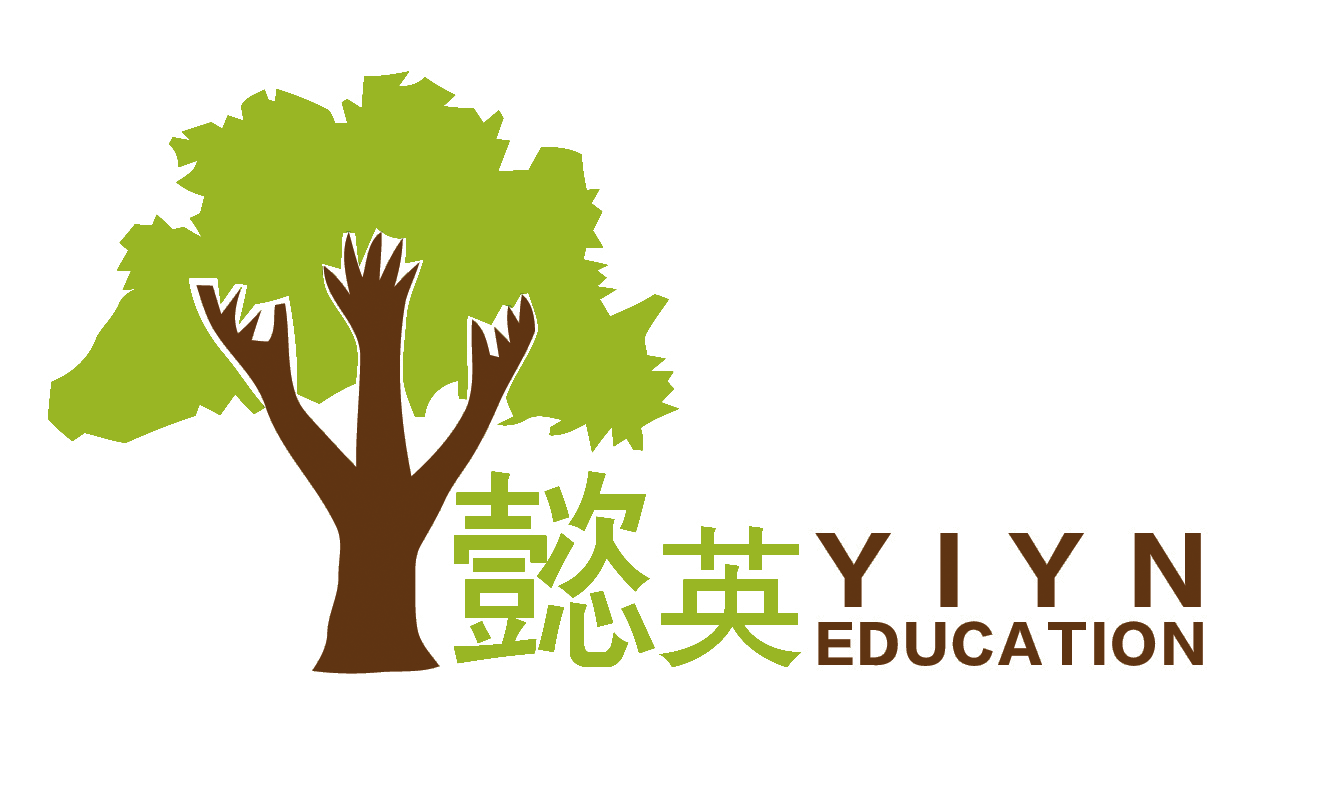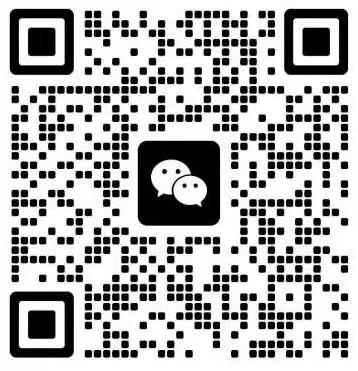极早产儿的母乳常量营养素的摄入
时间:2016-01-04 16:40:02
阅读数:1668
Intake and Macronutrient Content of Human Milk Given to Extremely Preterm Infants
Elisabeth Stoltz Sjöström, RD
Inger Öhlund, PhD, RD
Andreas Tornevi, MSc
Magnus Domellöf, MD, PhD
Published online before print August 12, 2014, doi: 10.1177/0890334414546354
J Hum Lact November 2014 vol. 30 no. 4 442-449
背景
母乳(HM)是婴儿营养的基础,包括早产儿。母乳中的常量营养元素的信息内容对于早产婴儿营养支持是必要的。
目的
本研究旨在描述瑞典的极早产儿住院期间的肠内营养类型和数量,探讨给这些婴儿的母乳中能量和常量营养元素含量。
方法
以瑞典在27孕周前出生的极重度早产儿(n=586)人群为基础。在医院住院期间获得的样本,母乳中常量营养元素含量的分析和摄入量。
结果
在产后四周内,99%的婴儿专门给予母乳;和产后四周内,70%婴儿只有自己母亲的母乳(MOM)。对821个MOM乳汁样本的营养含量进行分析。在产后112天里,MOM的蛋白质含量显著降低,含量从2.2-1.2/100毫升,而脂肪和能量含量具高度差异性。此外,354例捐赠奶样本进行了分析,蛋白质,脂肪和能量的均量(n=129)相对低于单一捐赠者奶水。
网络发表于2014年8月12日
由《Journal of Human Lactation》总第30期,2014年11月刊第442至449页发表
译者另注,世卫组织于1961年建议,早产儿的概念应为胎龄<37周出生的新生儿,而出生体重<2500g的婴儿统称为低出生体重(LBW)儿。此外,将出生体重在1000g〜1499g的早产儿称为极低出生体重(VLBW),出生体重在<1000g者称为超低出生体重(ELBW)儿。而本文仅指在瑞典2004年四月至2007三月,在新生儿监护病房内收集到的586位婴儿,而这些婴儿都是出生孕周在25.3± 1.1周,同时出生体重在763± 170g的超低出生体重儿。



